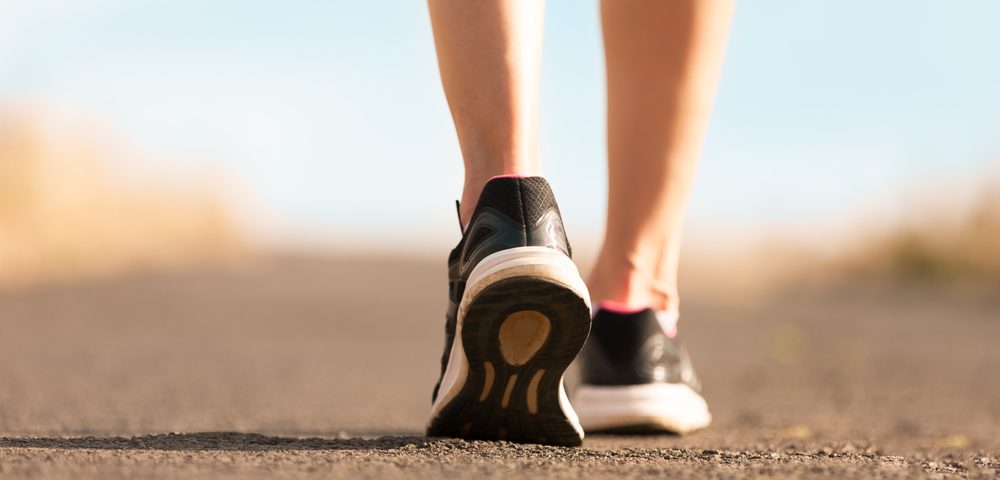Synchronizing Finger Taps to Regular Beats Improves Gait of Parkinson’s Patients, Study Suggests

Parkinson’s disease patients improved their gait after undergoing training in which they tapped their fingers in synchrony to regular beats set at a faster pace than their walking speed, a study has found.
The research, “Rhythmic priming across effector systems: A randomized controlled trial with Parkinson’s disease patients,” appeared in the journal Human Movement Science.
Clinical studies have shown that rhythmic auditory stimulation (RAS), using rhythm and music, significantly improved gait and upper extremity function for stroke, Parkinson’s disease, traumatic brain injury, and other conditions.
Auditory stimuli have been used in the motor rehabilitation of patients with Parkinson’s disease, who increased their walking speed, stride length, and stability after RAS training, an approach that uses rhythmic cues to improve motor function.
It is still unclear whether short-term RAS of arm or finger movements also improves gait, although studies have suggested that rhythmic arm movements while walking enable arm-leg coordination to improve gait.
Therefore, researchers at the University of Toronto and Colorado State University decided to investigate whether RAS training of arm or finger movements would modulate gait speed in 37 patients with idiopathic (of unknown cause) Parkinson’s disease.
Connect with other people and share tips on how to manage Parkinson’s Disease in our forums!
A group of 11 patients (with seven men, a mean age of 68.4 years, and disease duration of 4.8 years) underwent a four-minute training — three one-minute blocks separated by 30 seconds — in which arm or finger movements were performed in synchrony to beats (using a metronome) set to a 20% faster pace than their pre-training walking speed. The patients used the index finger of the least affected hand for tapping. Auditory stimuli were delivered with a speaker placed one meter away from the participant.
A separate group of 14 participants (with six men, a mean age of 64.2 years, and disease duration of 7.7 years) was asked to swing both arms in an alternating manner in synchrony with the metronome. Both finger-tapping and arm-swing tasks were performed with participants seated in an armless chair.
The 12 patients in the control group — with four men, a mean age of 67.3 years, and disease duration of 11.7 years — did not receive any training.
All participants were on Parkinson’s medication and had a Hoehn & Yahr (H&Y) scale score of one or two, which indicates that their balance was not impaired.
Gait assessments pre- and post-training required walking on a 14-meter flat walkway at the participant’s preferred walking speed with no auditory cueing.
The results revealed a significant 9.5% increase in gait velocity after the finger-tapping training, from an average of 69.75 meters/min before training to 76.03 meters/min post-training. No differences were seen in the arm-swing and control groups.
Patients who underwent finger-tapping training also showed an 8% increase in gait cadence, or the number of steps per minute — from 109.25 to 117.5 — unlike those in the other groups. No post-training differences in stride length were seen in any group.
“The present study supports the hypothesis that rhythmic priming is possible across effector systems by demonstrating that (RAS) training of finger movements had immediate effects on gait velocity and cadence of patients with Parkinson’s,” the researchers wrote.
“The present findings have direct implications for motor rehabilitation and extend the current application of rhythmic-based interventions,” they added.






